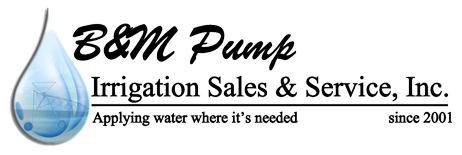How Much Water Will Your Irrigation System Need?
One of the most common questions we get from clients installing new irrigation systems revolves around how much water they can expect to need for their new system. There’s a little bit of math involved in determining the answer to this question, so buckle up!
Estimating water usage for irrigation
The amount of water used in an irrigation system in Texas will depend on a variety of factors. One simple way to estimate this amount of water is to get the “ETo” data for your zip code. “ETo” is the amount of water needed for irrigation, based on research. You can find a history of ETo data for any zip code in the United States at various sites online—simply do a quick Google search and you’ll find plenty of options.
However, knowing this ETo value will only tell you so much. It will tell you how many inches per day you need for irrigation, but this number can be meaningless for some people, as it more effectively measures rainfall. Most people in the United States using large-scale irrigation systems would prefer to have their water requirements measured in gallons, which will require more numbers and math.
Here’s the formula you’ll use to determine the gallons of water you need for your daily irrigation:
(ETo x PF x SF x 0.62) / IE = Gallons per day
What are do the variables here refer to?
ETo is, as we already discussed, the historic amount of water needed for irrigation. But as we mentioned, that number needs a bit more context if it’s to provide a more useful number for agricultural or landscaping irrigation.
PF is the plant factor. Different types of plants will need different amounts of water. If a standard grass lawn has a 1.0 PF value, a low-water shrub might have a .3 PF value, while a water-loving shrub might have a .8 PF value.
SF refers to square footage. If you’re using an irrigation system to water a lawn, you need to know the amount of area you’re looking to cover. A 50’ x 50’ square lawn would have a SF of 2500.
IE refers to irrigation efficiency. Not all irrigation water will get soaked up by the plants being watered, and this value is a way to compensate for that inefficiency. The recommended value to use here is .75, as a well-designed sprinkler system will have relatively little runoff, allowing for higher efficiencies.
The 0.62 figure is just a constant value that’s used to convert the first three variables into usable form.
This might sound complicated, but if you’re able to get the values for all four variables, it’s actually quite an easy calculation for you to make, and will provide you with useful information about the amount of water you need to irrigate your lawn, your crops or whatever else you’re watering.
To learn more about how much water your irrigation takes, contact an experienced irrigation service in Texas like B&M Pump Irrigation Sales & Service, Inc.
Categorised in: Irrigation
